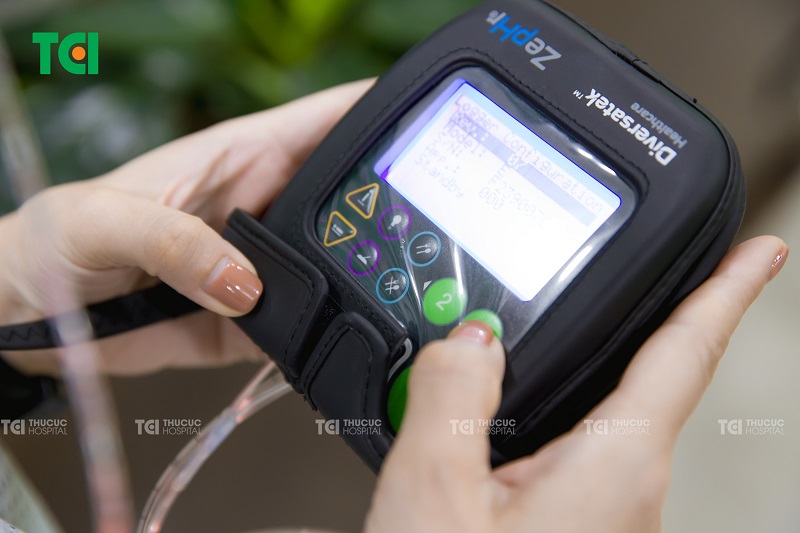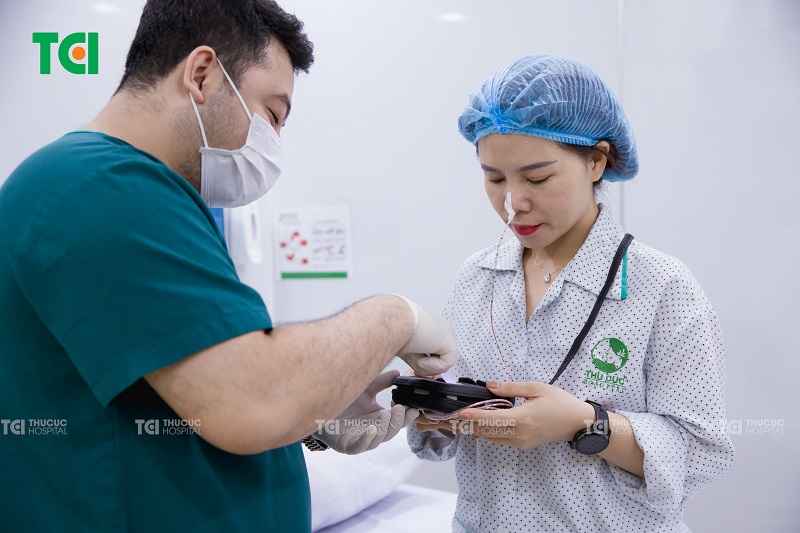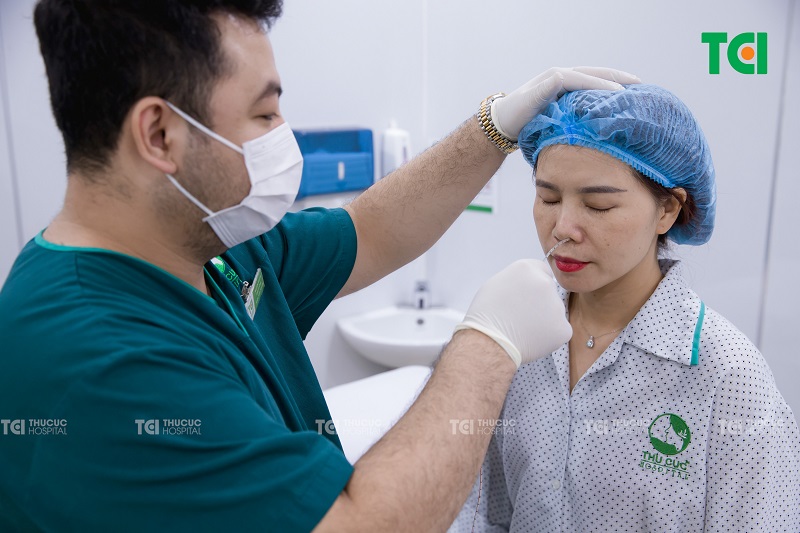Diagnosing gastroesophageal reflux disease (GERD) can be challenging due to the similarity of its symptoms with other conditions, leading to potential misdiagnosis and ineffective treatment. Many patients undergo years of treatment without relief because the underlying cause remains unidentified. The esophageal 24-hour pH-impedance monitoring is a modern diagnostic method that accurately measures acid reflux events, providing detailed insights into the nature of these episodes. This technique allows physicians to develop effective treatment plans. This article will elucidate the process, indications, and essential considerations for this diagnostic technique.
1. What is Esophageal 24-Hour pH-Impedance Monitoring?
Esophageal 24-hour pH-impedance monitoring is a diagnostic test that evaluates the pH levels or acid content refluxed from the stomach into the esophagus over a 24-hour period. It is primarily used to diagnose and monitor the treatment of GERD. This method provides a comprehensive assessment of acid reflux episodes and their characteristics.

Image of the 24-hour esophageal pH-impedance monitoring device.
2. Indications for Esophageal 24-Hour pH-Impedance Monitoring
2.1. Indications for the Test
This monitoring is crucial in various scenarios:
– Suspected esophageal reflux disease with symptoms such as heartburn, chest pain, or chronic cough.
– Assessing the effectiveness of GERD treatment.
– Patients with GERD symptoms unresponsive to proton pump inhibitors (PPIs).
– Pre-surgical evaluation for anti-reflux surgery.
– Evaluating patients with atypical GERD symptoms: unexplained chest pain, chronic cough, hoarseness.
2.2. Considerations and Contraindications
Patients with the following conditions need careful consideration:
– ENT conditions preventing nasal catheter insertion.
– Esophageal strictures or obstructions.
– Confirmed or suspected esophageal conditions like post-surgical changes, esophageal cancer, upper GI bleeding, or varices.
– Pregnant women.
– Severe cardiovascular or respiratory diseases.
– Neuropsychiatric conditions hindering cooperation.
Note: The decision to perform esophageal 24-hour pH-impedance monitoring is based on the patient’s specific health condition. Patients should inform their doctor about all medications they are taking, including prescriptions, over-the-counter drugs, and supplements, before the test.

Image of a patient undergoing 24-hour esophageal pH-impedance monitoring.
3. Procedure of Esophageal 24-Hour pH-Impedance Monitoring
Preparation, execution, and follow-up are crucial steps in conducting this test effectively.
3.1. Pre-Procedure Preparation
The test must be performed by certified personnel trained in 24-hour pH monitoring, including doctors, nurses, and technicians. Required equipment includes:
– 24-hour esophageal pH monitoring system.
– Computer with relevant software.
– Impedance manometry to locate the lower esophageal sphincter (LES).
– Anesthetic agents, catheters, and adhesive tapes.
Patient Instructions: Before the test:
– Discontinue antacids one day prior (e.g., Phosphalugel, Varogel).
– Stop prokinetics and H2 blockers three days prior (e.g., Domperidone, Ranitidine).
– Cease proton pump inhibitors or P-CAB seven days before the test.
– Fast for 4-6 hours before the procedure.
– If a sedated endoscopy was performed, ensure full recovery before proceeding.
– Prepare medical records and test requisition forms.
3.2. Conducting the 24-Hour pH-Impedance Monitoring
The test involves several steps:
– Spray 10% Lidocaine into the patient’s nose.
– Insert a catheter with pH sensors through the nose into the esophagus, securing it at the nostril and around the ear.
– Place the sensor 5 cm above the LES.
– Connect the sensor to a data recorder worn around the waist.
– The patient maintains normal activities and records daily habits, meals, and symptoms such as heartburn, reflux, cough, and sore throat.
– After 24 hours, the patient returns to the clinic for catheter removal and data retrieval.
– Based on the data, the physician will diagnose GERD or other conditions and recommend appropriate treatments.

24-hour esophageal pH-impedance monitoring procedure at TCI.
4. Common Questions about 24-Hour pH-Impedance Monitoring
4.1. Important Considerations for Patients
– Follow Medical Instructions: Adhere strictly to all pre-test and during-test guidelines provided by healthcare professionals.
– Record Daily Activities: Keep detailed notes on eating, drinking, lying down, waking up, and any symptoms experienced during the test.
– Avoid Certain Foods and Beverages: Refrain from consuming alcohol, caffeine, acidic foods, spicy foods, and tobacco to ensure accurate results.
4.2. When Will Results Be Available?
The data from the 24-hour monitoring will be analyzed by the physician, and results are typically available the next day.
4.3. Are There Any Complications?
The procedure is generally safe with minimal complications. Patients might experience mild side effects such as coughing, throat discomfort, minor bleeding, or nasal irritation from the catheter.
5. Why Choose Esophageal 24-Hour pH-Impedance Monitoring at Thu Cuc TCI?
Patients prefer Thu Cuc TCI for several reasons:
– High Accuracy: This method is the gold standard for diagnosing GERD, providing detailed information on acid reflux episodes.
– Safety and Minimal Invasiveness: The procedure is simple, allowing patients to continue their daily activities while wearing the catheter.
– Experienced Specialists: The team consists of well-trained, experienced professionals who stay updated with the latest medical advancements.
– Advanced Equipment: State-of-the-art equipment imported from the USA ensures effective and safe procedures.
– Comprehensive Care: From preparation to post-test follow-up, patients receive thorough and compassionate care, ensuring a smooth recovery and effective treatment.

Equipment at TCI is imported, ensuring safe, effective, and minimally invasive procedures.
Esophageal 24-hour pH-impedance monitoring is a vital diagnostic tool for managing GERD. Following proper guidelines and maintaining detailed records during the test help ensure accurate results and comprehensive patient assessment.








